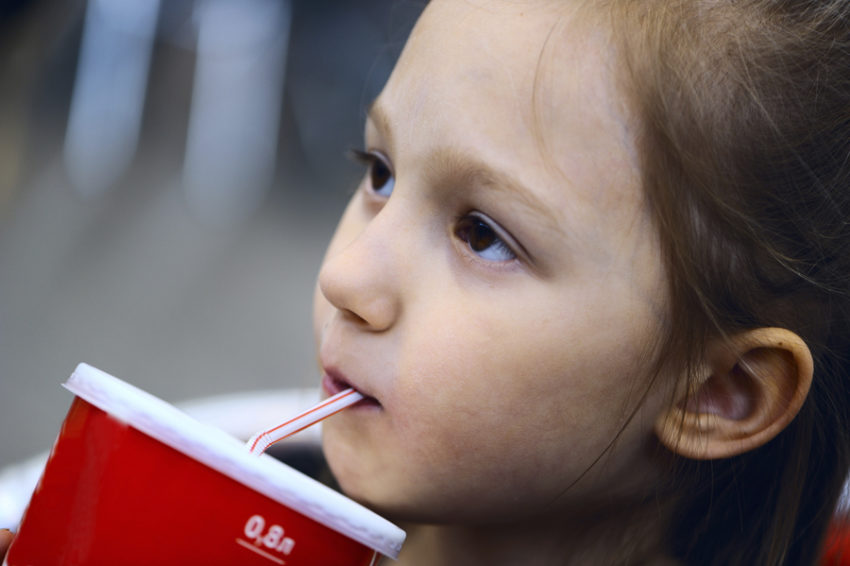
Share On Social!
What would happen if the price of sugary drinks went up?
Two models have estimated that a 10% increase in soft drink prices would lead to a reduction in soft drink consumption of between 7.9% and 12.1%, which could ultimately improve people’s health.
These data are part of the new Sugary Drinks and Latino Kids research from Salud America!, an obesity prevention network at UT Health San Antonio.
Can a sugary drink tax really benefit?
 Sugary drink taxes (e.g., per ounce or gram of added sugar) have been proposed in several states, and a federal tax was introduced in 2014.
Sugary drink taxes (e.g., per ounce or gram of added sugar) have been proposed in several states, and a federal tax was introduced in 2014.
None have passed so far.
But in November 2014, Berkeley, Calif. (10.8% Latino) became the first U.S. jurisdiction to pass a tax on sugary drinks.
Revenue from this penny-per-ounce excise tax, estimated at over $1 million annually, will go to the city’s general fund. An appointed panel of health experts will recommend specific health programs to fund.
Also, in June 2016, Philadelphia became the first major U.S. city to approve a tax on sugary drinks. In November 2016, measures also passed in Boulder, Colo., Cook County, Ill., and San Francisco, Oakland, and Albany, Calif.
But the best example might be Mexico.
Beginning in 2014, Mexico implemented a peso-per-liter tax on sugary drinks (about a 10% increase in price). Purchases of soda and other taxed drinks declined 12% after one year, while sales increased for bottled water and other untaxed drinks (e.g., milk), according to public health data.
The tax is also projected to prevent 19,000 deaths among Mexicans ages 35-94 over the next 10 years, in addition to saving $1 billion in direct healthcare costs in that span, according to a study on long-term health and economic effects.
How can change happen?
 Take a long look at how the city of Berkeley was able to gain approval for their sugary drink pricing initiative.
Take a long look at how the city of Berkeley was able to gain approval for their sugary drink pricing initiative.
Health advocates in the area had long supported a tax on sugary drinks, believing the higher price would discourage consumption. Research studies indicate that such a decrease in consumption could potentially reduce obesity and diabetes rates, especially for Latino kids.
In the end, it took passionate advocates, a well-organized campaign.
“Our argument was that nobody is going to Costco and buying a suitcase of milkshakes, but they are going to Costco and buying a suitcase of soda,” said Xavier Morales, the Executive Director of Latino Coalition for a Healthy California. “The industry’s tactics are always to go in and drive wedges between people and communities of color.”
Go here for more ideas to promote water for Latino kids.
Explore More:
Maternal & Child HealthBy The Numbers
20.7
percent
of Latino kids have obesity (compared to 11.7% of white kids)



